
Join 10k+ people to get notified about new posts, news and tips.
Do not worry we don't spam!
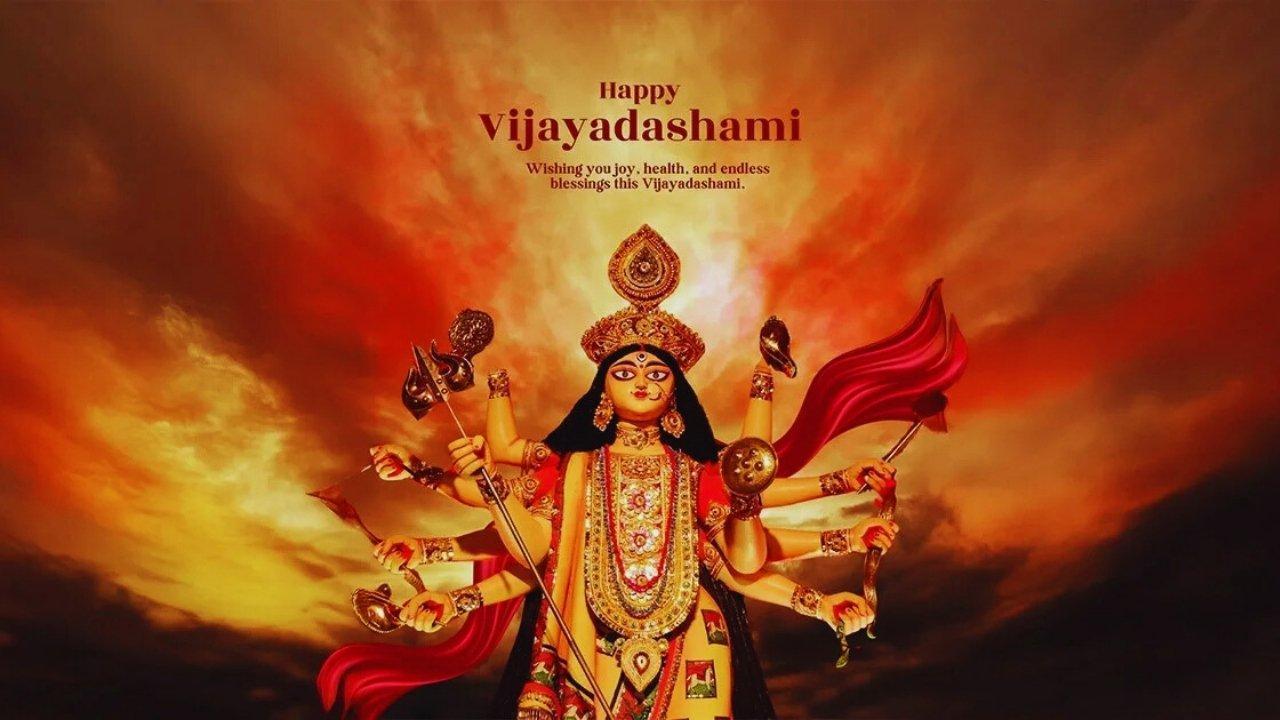
Post by : Anish
Dussehra, also known as Vijayadashami, is one of the most important Hindu festivals celebrated across India with immense enthusiasm and devotion. Falling on the tenth day of the bright half of the lunar month of Ashwin, which usually comes in September or October, it marks the triumph of good over evil and light over darkness. The festival holds dual significance: it commemorates Lord Rama’s victory over the demon king Ravana and also symbolizes Goddess Durga’s triumph over the buffalo demon Mahishasura. Both narratives converge into a powerful message of righteousness, courage, and the eternal fight against injustice.
For millions of Indians, Dussehra is not just a day of celebration but a moment of cultural identity and spiritual reaffirmation. The epic tales, dramatized through plays, rituals, and public gatherings, remind communities that evil, no matter how strong, can never outshine truth and virtue.
The roots of Dussehra lie deep within India’s mythological and cultural heritage. According to the Ramayana, the demon king Ravana abducted Sita, the wife of Lord Rama. This led to an epic battle in Lanka where Rama, aided by Hanuman and his devoted army, defeated Ravana. The day of Ravana’s defeat is celebrated as Dussehra, symbolizing the fall of arrogance and the restoration of dharma.
In another tradition, the Devi Mahatmya describes Goddess Durga’s fierce battle with Mahishasura. After nine days of intense fighting, she finally slew the demon on the tenth day, which is celebrated as Vijayadashami. This narrative highlights feminine power and the divine strength of Shakti.
These stories, though ancient, remain deeply relevant, teaching generations about courage, justice, humility, and the ultimate supremacy of truth.
One of the unique aspects of Dussehra is how differently it is celebrated across India. Each region infuses its own traditions, customs, and cultural flavors, making the festival a diverse yet unified expression of faith.
North India: Cities like Varanasi, Ayodhya, and Delhi host grand Ramlilas, dramatic re-enactments of the Ramayana. The culmination is marked by the burning of giant effigies of Ravana, Meghnath, and Kumbhakarna, accompanied by fireworks and community gatherings.
West Bengal & Eastern States: Dussehra coincides with the immersion of Durga idols after the nine-day-long Durga Puja. The grand processions and emotional farewells to the Goddess symbolize victory as well as a reminder of impermanence in life.
Mysuru, Karnataka: Known for the famous Mysore Dussehra, this version features a royal procession with decorated elephants, cultural performances, and a majestic display of Karnataka’s heritage.
Maharashtra: Families exchange apta tree leaves as a symbol of gold and prosperity, greeting each other with wishes for success and happiness.
Tamil Nadu and Southern States: Homes showcase elaborate Golu displays, featuring dolls and figurines that narrate stories of gods, saints, and cultural themes.
This diversity not only enriches the festival but also reflects India’s pluralism and the unifying thread of shared values.
Dussehra is marked by a blend of rituals, religious observances, and community festivities. Devotees begin their day with prayers to seek blessings from the divine. Temples are decorated, and processions are taken out. The highlight is often the symbolic burning of Ravana’s effigy, which serves as a reminder to conquer inner vices such as ego, anger, and greed.
In many households, the day is considered highly auspicious for beginning new ventures, buying vehicles, or starting educational pursuits. Children often start their learning journeys on this day, following the tradition of Vidyarambham in South India.
Communities also organize fairs, stage plays, and cultural programs, bringing together people from all walks of life. The vibrancy of Dussehra lies not just in rituals but in its ability to bind communities through shared celebrations.
At its heart, Dussehra is more than a religious festival—it is a philosophical reminder. The stories of Rama and Durga teach society about the virtues of patience, bravery, and justice. Ravana, though a great scholar and powerful king, fell due to his arrogance and misuse of power. Mahishasura, despite his strength, was vanquished because of his cruelty.
For modern generations, these stories act as metaphors. Ravana represents unchecked ambition, greed, and ego, while Rama represents integrity, responsibility, and righteousness. In a world often overshadowed by corruption, inequality, and conflicts, Dussehra urges people to align with moral values and ethical living.
Festivals like Dussehra are not just cultural markers but also economic stimulants. The weeks leading up to the festival see markets bustling with activity. From new clothes and jewelry to sweets, decorations, and household items, sales rise significantly. Small businesses, artisans, and craftsmen particularly benefit from this seasonal demand.
Dussehra also boosts tourism in regions with iconic celebrations like Mysuru, Kolkata, and Varanasi, drawing both domestic and international travelers. Hotels, transport services, and local vendors see a surge in business, making the festival a vital contributor to local economies.
On the social front, Dussehra strengthens community bonds. Families gather, neighbors celebrate together, and strangers join hands in processions and festivities. In an increasingly digital world, such communal gatherings reinforce the spirit of unity and shared identity.
While the core spirit of Dussehra remains the same, modern celebrations have adapted with changing lifestyles. Eco-friendly practices are gaining ground, with many communities opting for sustainable effigies and biodegradable idols to minimize environmental damage.
Technology has also become part of the celebration. Virtual Ramlila performances, live-streamed pujas, and digital greetings allow families separated by distance to participate in the joy. Urban areas witness large-scale cultural events sponsored by organizations, blending tradition with entertainment.
In schools and offices, Dussehra is celebrated with plays, competitions, and awareness programs about Indian culture. For the younger generation, these activities not only keep the festival alive but also instill pride in heritage.
With the Indian diaspora spread across the world, Dussehra has crossed national boundaries. Countries like the United States, Canada, the UK, Singapore, and Australia witness vibrant Dussehra events organized by Indian communities. From Ramlila performances to Ravana effigy burnings, these celebrations keep traditions alive while sharing India’s rich culture with global audiences.
Such international observances reflect how cultural heritage transcends geography and continues to inspire people worldwide.
Dussehra’s relevance extends beyond rituals and celebrations. It serves as a timeless reminder of principles that are universally applicable:
Good Always Triumphs Over Evil: No matter how powerful wrongdoing seems, it ultimately collapses under the weight of truth and justice.
Ego is Destructive: Ravana’s downfall highlights how arrogance and stubbornness lead to ruin.
Unity Brings Strength: Just as Rama needed the support of allies, unity in society ensures resilience against challenges.
Respect for Women and Power of Shakti: The tale of Goddess Durga reflects the strength and dignity of women, urging respect and equality.
These lessons resonate even in today’s world of personal ambitions, social inequalities, and global conflicts.
Dussehra is not just a religious festival—it is an enduring cultural phenomenon. It captures the essence of human values, celebrates community spirit, and bridges ancient traditions with modern relevance. Its celebration across India and abroad highlights the universality of its message: truth prevails, justice stands tall, and goodness always finds a way to shine.
As communities gather this year to watch Ravana’s effigies burn, or bid farewell to Goddess Durga, the spirit of Dussehra will remind them to conquer their inner demons and walk the path of righteousness.
This article is a cultural and informational piece intended to highlight the traditions, history, and significance of Dussehra. It does not aim to promote any specific religious beliefs but to present the festival in its historical, cultural, and social context.
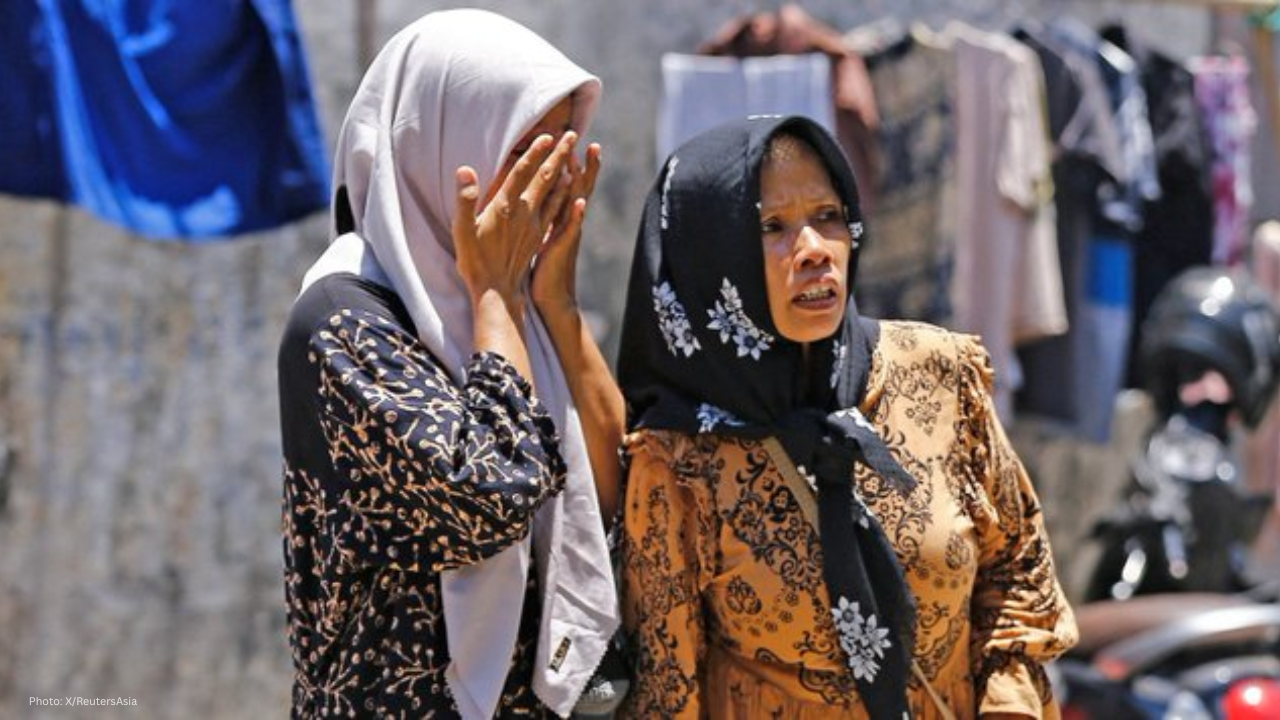

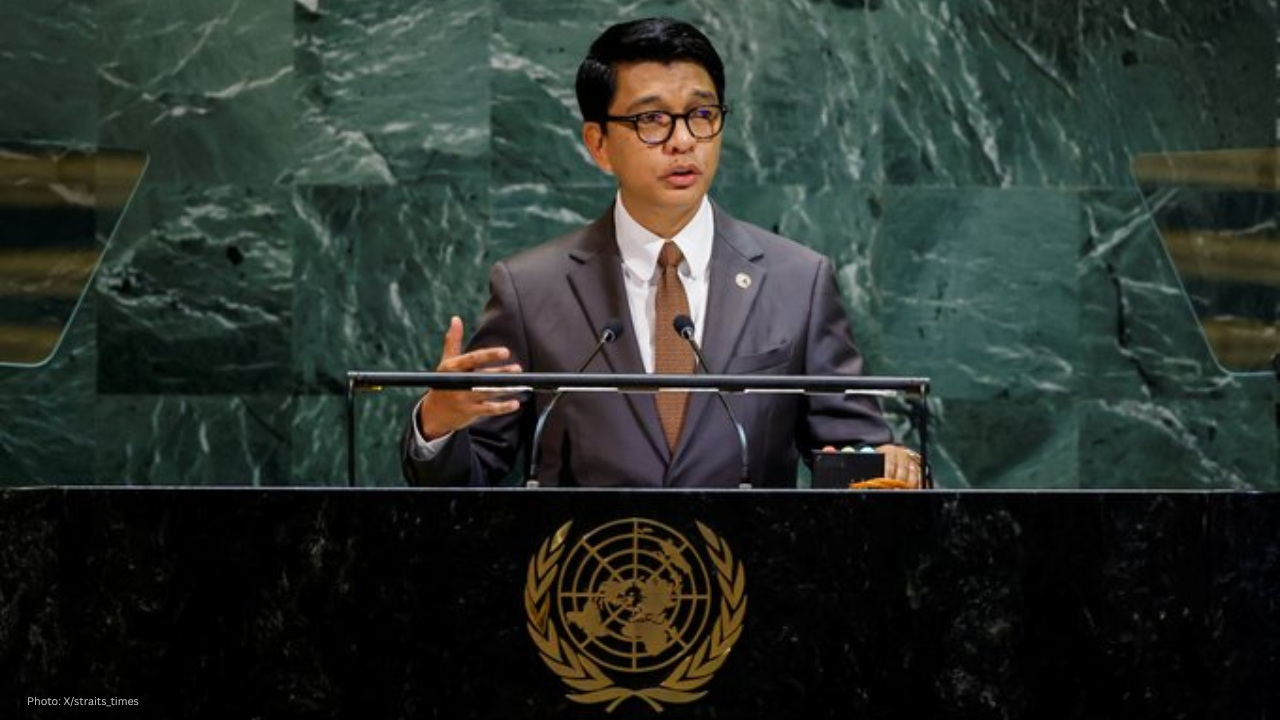
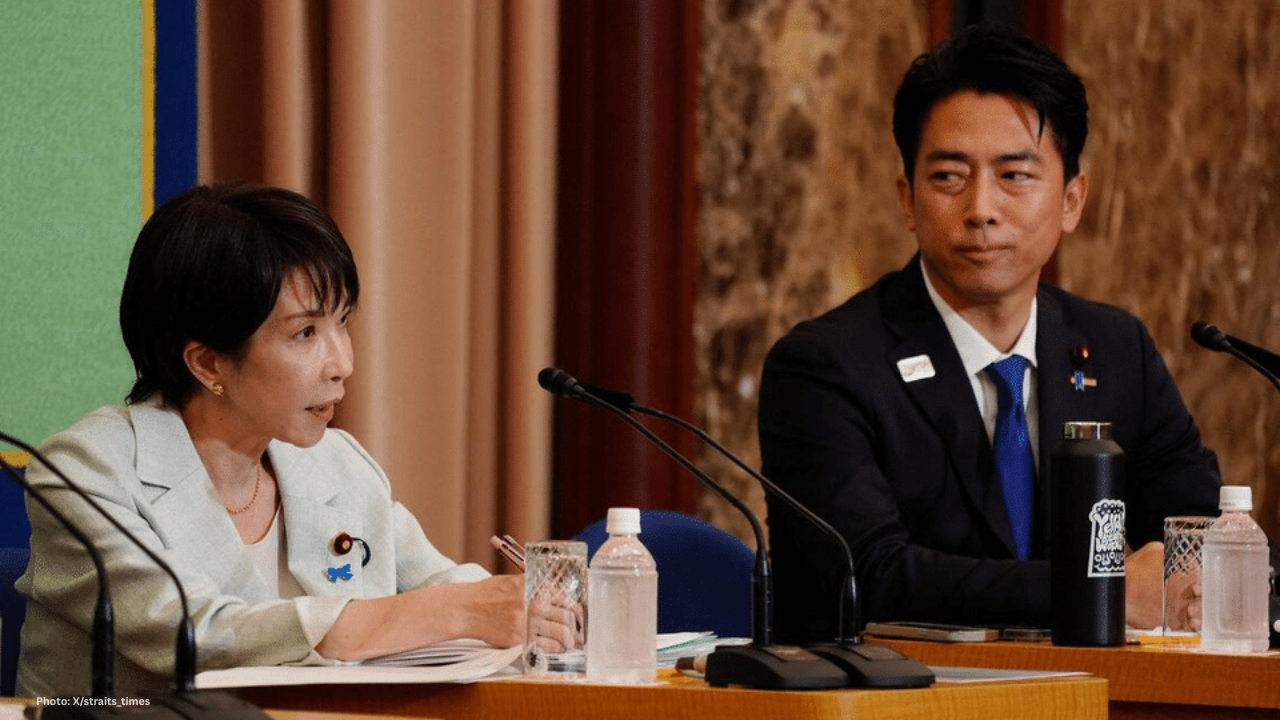

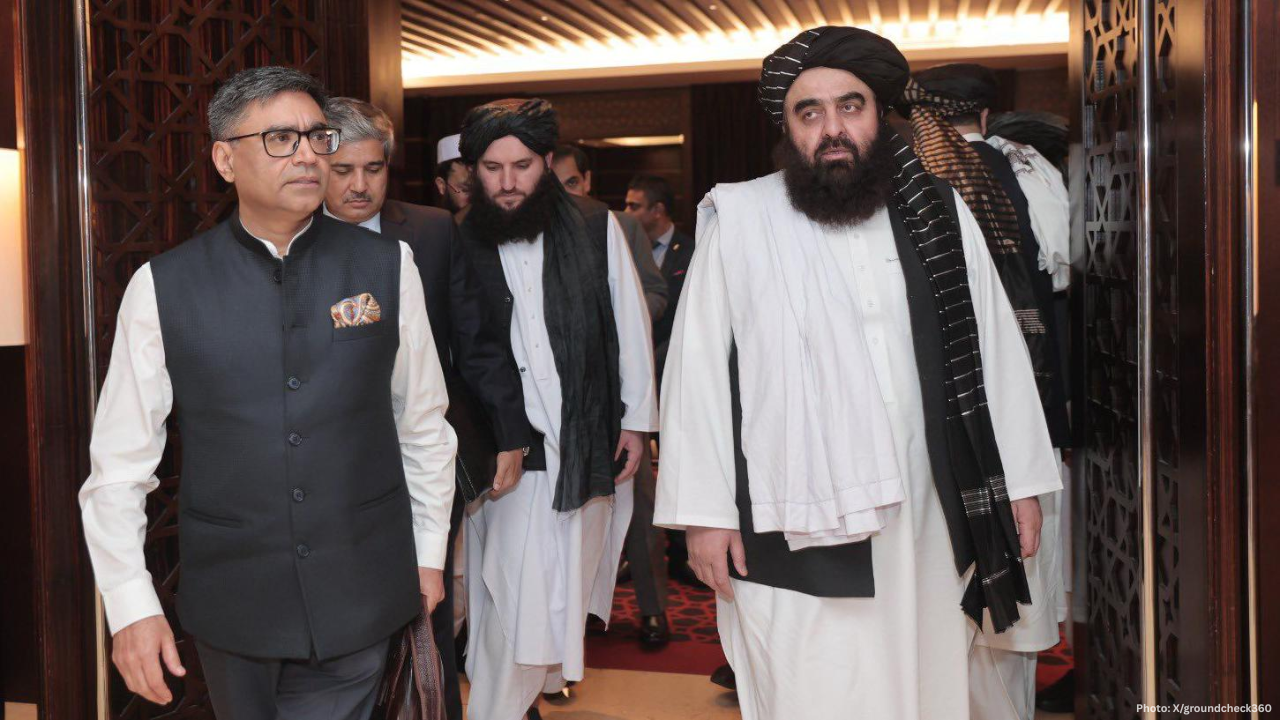


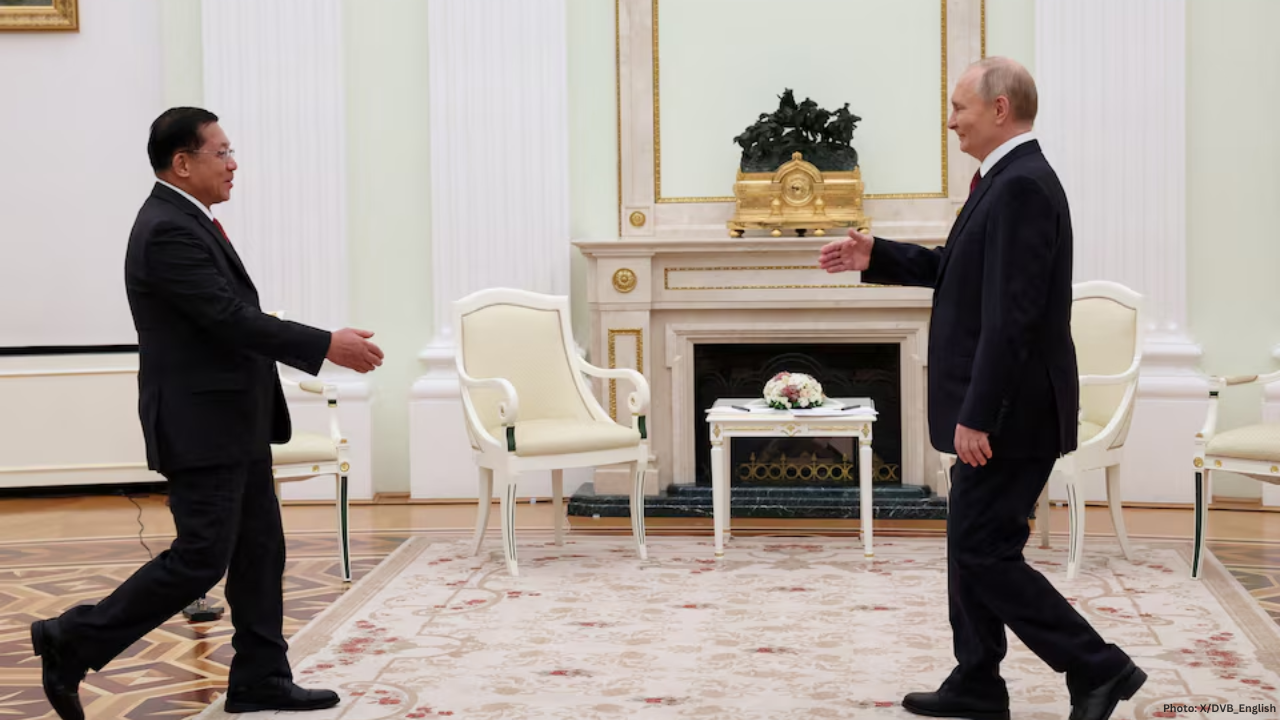

JioHotstar Launches ‘Pitch To Get Rich’ Reality Show for Fashion Startups
JioHotstar’s new show ‘Pitch To Get Rich’ features 14 fashion startups competing for Rs 40 crore fun

Kantara Chapter 1 Box Office Day 1 Rishab Shetty Film Hits ₹60 Cr
Rishab Shetty’s Kantara Chapter 1 collects ₹60 crore on Day 1, breaking records across India with hu

FIA Declares Heat Hazard for Singapore F1 Race Due to Extreme Heat
FIA applies heat hazard rule for Singapore Grand Prix as high heat and humidity challenge F1 drivers

Trapeze Artist Dies After Fall at German Circus Show
A 27-year-old trapeze artist died in Germany after falling during a circus show. The tragic accident

Dhanashree Verma Reveals Yuzvendra Chahal Cheated Early in Marriage
Dhanashree Verma opens up on her divorce from Yuzvendra Chahal, revealing he cheated within months o

Aishwarya Rai with Aaradhya Spotted in Paris Ahead of Fashion Show
Aishwarya Rai Bachchan and daughter Aaradhya spotted in Paris ahead of L'Oréal Paris Fashion Week, d